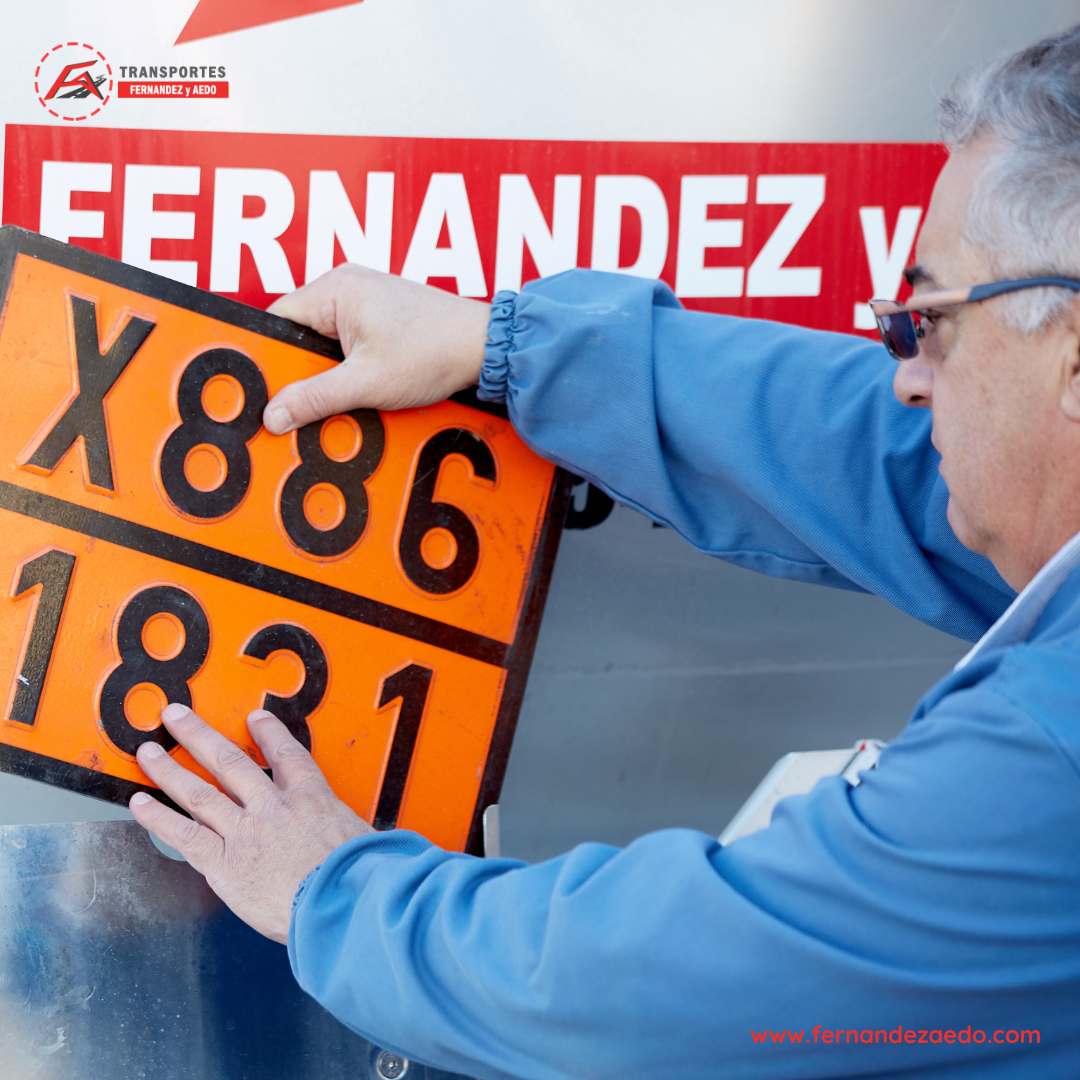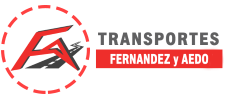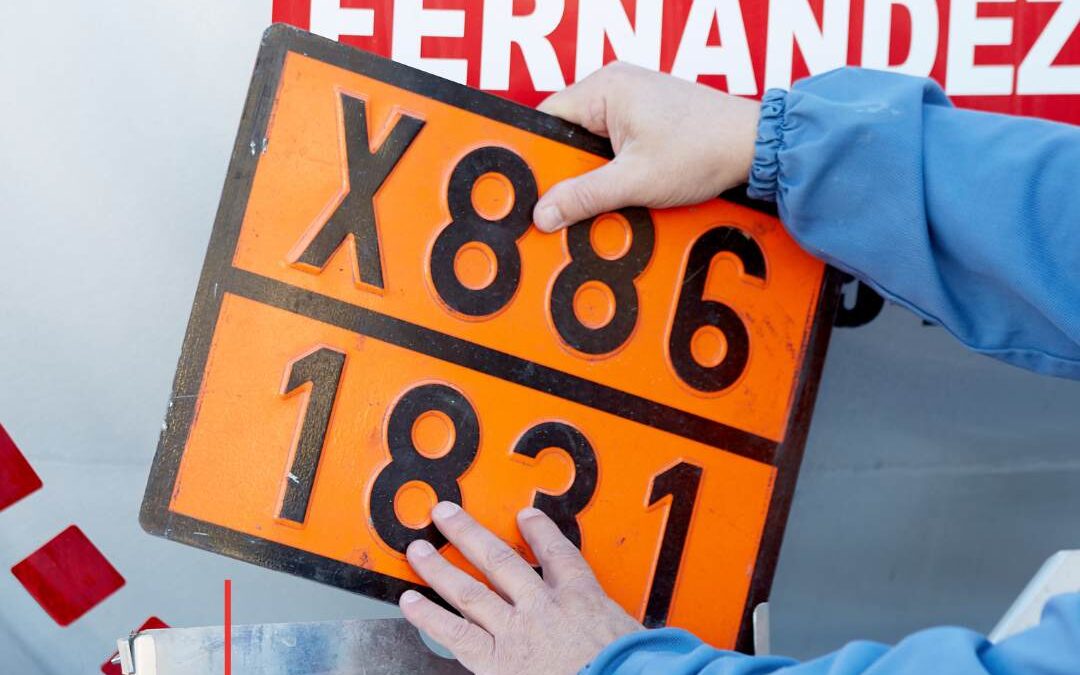In the transport of dangerous goods, safety is paramount. One of the crucial elements in ensuring this safety is the proper use of orange placards, which serve as vital signage to identify the nature of the cargo and associated hazards. In this article, we will explore in detail the features, requirements and proper placement of orange panels on different types of transport vehicles.
Essential features and dimensions:
Orange panels used in the transport of dangerous goods must meet certain specifications to ensure their effectiveness and durability:
- Standard dimensions: 40 cm wide and 30 cm high.
- Background colour: Orange, for high visibility.
- Black border: 15 mm thick to provide a clear contrast.
- Retroreflective: For improved visibility in low light conditions.
Suitable location:
The placement of the orange panels varies according to the type of vehicle and the nature of the load:
1. General vehicles: For most vehicles, one orange panel is placed at the front and one at the rear of the vehicle, in a vertical plane and perpendicular to the longitudinal axis of the vehicle, similar to the orientation of the number plates.
2. Tank vehicles and tank transport units: In these cases, numbered panels are used and must be placed at the front and rear of the vehicle. If only one dangerous good is being transported, both placards are marked with the hazard number and UN number of the goods. If there are several dangerous goods, one placard is placed in each compartment of the tank, marked with the corresponding number.
3. Exceptions and special cases: In certain situations, such as when different goods are carried in different compartments of the same tank, specific orange placarding rules apply to ensure clear and precise identification of the associated hazards.
Understanding the numbering of the orange panels used in the transport of dangerous goods is crucial to quickly identify the risks associated with the cargo and take appropriate safety measures in the event of an emergency. Here is a guide to understanding this numbering:
– Hazard identification number : This number identifies the type of hazard represented by the goods being transported. It is a set of two or three digits, sometimes accompanied by the letter X.
– Material identification number (UN number): This is the United Nations number assigned to the dangerous substance or dangerous goods. It provides additional information on the nature of the cargo and its specific hazards. This number is standardised and is used internationally to identify dangerous goods in transport. It consists of a set of four digits.


If you would like more information about dangerous goods transport or any of our services, please do not hesitate to contact us.

